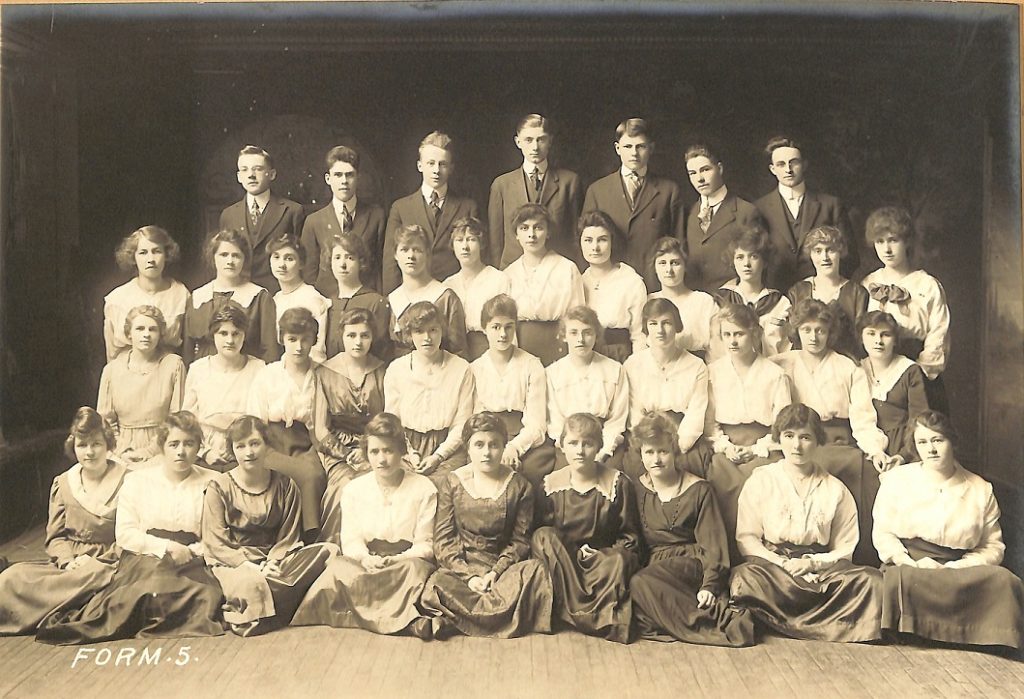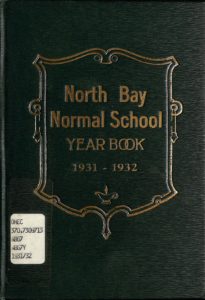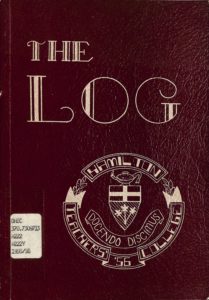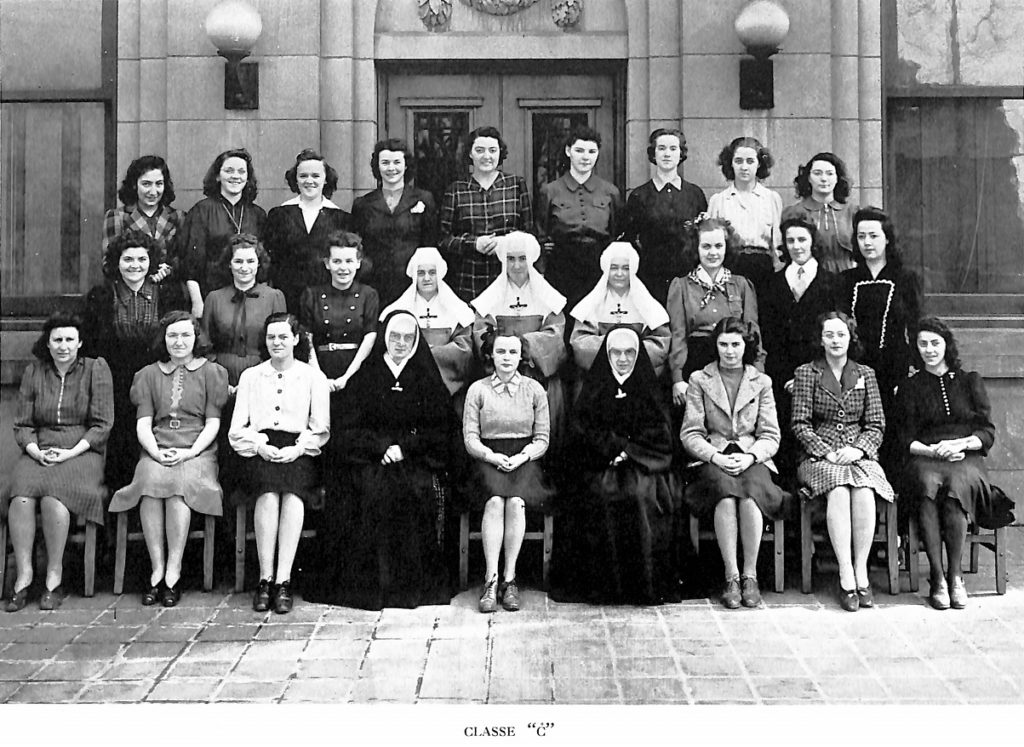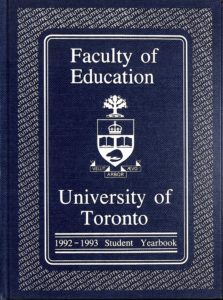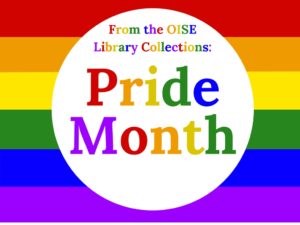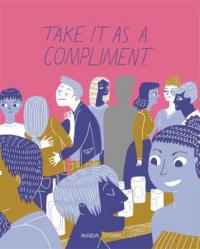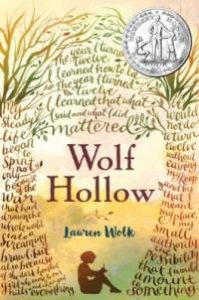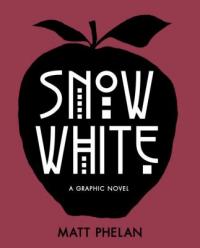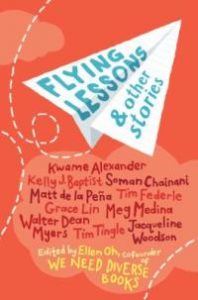On June 21st, we celebrate National Aboriginal Day! This is an opportunity to engage in conversations that educate and reflect on the experiences of Indigenous peoples in Canada. Join the OISE Library in honouring Indigenous communities across Canada. Check out this month’s lobby display for more classroom resources.
Alliances: Re/Envisioning Indigenous-non-Indigenous Relationships Edited by Lynne Davis
 Published by the University of Toronto Press, Alliances features scholars that explore non-Indigenous and Indigenous relationships. The book discusses how non-Indigenous people, who define their work in the social and environmental justice fields, can work in solidarity with Indigenous peoples without replicating the continuing colonial relations that characterize the broader frame of Indigenous/non-Indigenous relationships in Canada today. Reflective of ontological, epistemological, and ideological framings in historical contexts and present day, individuals and the Canadian society have tried to make sense of Indigenous/non-Indigenous relationships. By exploring Indigenous paradigms of relationship, such as the Kaswentah, or Two Row Wampum, and practices of kinship, scholars in Alliances communicate how respectful relationships between Indigenous and settler society can operate, challenge state policies, and guide analysis as well as plan strategic action.
Published by the University of Toronto Press, Alliances features scholars that explore non-Indigenous and Indigenous relationships. The book discusses how non-Indigenous people, who define their work in the social and environmental justice fields, can work in solidarity with Indigenous peoples without replicating the continuing colonial relations that characterize the broader frame of Indigenous/non-Indigenous relationships in Canada today. Reflective of ontological, epistemological, and ideological framings in historical contexts and present day, individuals and the Canadian society have tried to make sense of Indigenous/non-Indigenous relationships. By exploring Indigenous paradigms of relationship, such as the Kaswentah, or Two Row Wampum, and practices of kinship, scholars in Alliances communicate how respectful relationships between Indigenous and settler society can operate, challenge state policies, and guide analysis as well as plan strategic action.
Aboriginal History and Realities in Canada: Grades 1-8 Teachers’ Resource by Elementary Teachers’ Federation of Ontario
 Written by experienced elementary educators and consultants, this teachers’ resource calls upon expertise concerning personal connections with First Nation, Métis, and Inuit communities in Ontario. It supports elementary educators in building inclusive and safe learning environments for their students while sensitively, respectfully, and reflectively considering the histories and relationships of Canada’s First Peoples. To support curriculum development and classroom learning, this resource guide can be used as a tool to provide elementary students with a foundation of respect and acknowledgement of the Indigenous peoples of Turtle Island. Each lesson plan learning goals, success criteria, materials required for the lesson, background information for teachers, learning assessment, and activity worksheets.
Written by experienced elementary educators and consultants, this teachers’ resource calls upon expertise concerning personal connections with First Nation, Métis, and Inuit communities in Ontario. It supports elementary educators in building inclusive and safe learning environments for their students while sensitively, respectfully, and reflectively considering the histories and relationships of Canada’s First Peoples. To support curriculum development and classroom learning, this resource guide can be used as a tool to provide elementary students with a foundation of respect and acknowledgement of the Indigenous peoples of Turtle Island. Each lesson plan learning goals, success criteria, materials required for the lesson, background information for teachers, learning assessment, and activity worksheets.
Learning and Teaching Together: Weaving Indigenous Ways of Knowing into Education by Michele TD Tanaka
 New to the OISE Library, Learning and Teaching Together seeks to inform educators on how to respectfully weave Aboriginal content into their lessons. Taking an Indigenist approach to education, the book recounts how the Indigenous peoples of both North and South America have developed a diverse variety of approaches to teaching and learning and more specifically “learning how to learn”. In this book authors highlight four areas of orientation: 1) the real and practical needs of the tribal society to systematically address physical, social, psychological, and spiritual needs of members; 2) the uniqueness of individual learning styles and encouraging development of self-reliance and self-determination; 3) the application of special intellectual, ritual, psychological, and spiritual “teaching tools” to facilitate flexibility, viability, and effectiveness; and 4) the honouring and facilitation of the psychological and transformational process of students’ opening up to a self-knowledge and natural capacities for learning.
New to the OISE Library, Learning and Teaching Together seeks to inform educators on how to respectfully weave Aboriginal content into their lessons. Taking an Indigenist approach to education, the book recounts how the Indigenous peoples of both North and South America have developed a diverse variety of approaches to teaching and learning and more specifically “learning how to learn”. In this book authors highlight four areas of orientation: 1) the real and practical needs of the tribal society to systematically address physical, social, psychological, and spiritual needs of members; 2) the uniqueness of individual learning styles and encouraging development of self-reliance and self-determination; 3) the application of special intellectual, ritual, psychological, and spiritual “teaching tools” to facilitate flexibility, viability, and effectiveness; and 4) the honouring and facilitation of the psychological and transformational process of students’ opening up to a self-knowledge and natural capacities for learning.
Hiawatha and the Peacemaker by Robbie Robertson
 “A fierce scream echoed through the woodlands…” Everything Hiawatha had ever known had burned to the ground. Ridden with anger, hunger, and sleeplessness, Hiawatha meets the Peacemaker, a spiritual leader who is known for his sacred powers. With him, he carries a message:
“A fierce scream echoed through the woodlands…” Everything Hiawatha had ever known had burned to the ground. Ridden with anger, hunger, and sleeplessness, Hiawatha meets the Peacemaker, a spiritual leader who is known for his sacred powers. With him, he carries a message:
“I know of your pain. I know of your loss. I carry a message of healing. I have come to tell you of the Great Law: Fighting among our people must stop. We must come together as one body, one mind, and one heart. Peace, power, and righteousness shall be the new way.”
He asks Hiawatha to accompany him on his journey to unite the Five Nations of the Iroquois people who are at war: the Cayuga, the Seneca, the Oneida, the Mohawk and the Onondaga. Follow Hiawatha and the Peacemaker to discover if they can reunite and form the Six Nations Iroquois Confederacy, officially known as the Haudenosaunee or People of the Long House.
The First Flock: Certain Rights Based on Aboriginal Heritage by Dustin Milligan
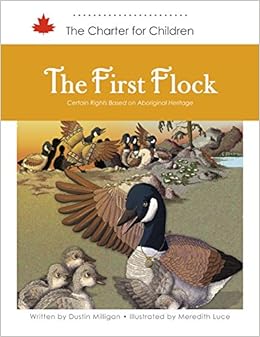 The “First Flock” is an analogy to a First Nation and their experience after the arrival of Europeans. The narrative seeks to teach children about Indigenous rights in Canada. In reference to the definition of Indigenous rights, practices, customs, and traditions integral to the First Flock are a distinctive place and continuity with Canada’s history.
The “First Flock” is an analogy to a First Nation and their experience after the arrival of Europeans. The narrative seeks to teach children about Indigenous rights in Canada. In reference to the definition of Indigenous rights, practices, customs, and traditions integral to the First Flock are a distinctive place and continuity with Canada’s history.
Follow Thanadel and her family amongst a flock of geese in the Northwest Territories as they fly from Bow River down to Colorado each season. However, over the years, their journeys grew more challenging than ever. The arrival of the crows expelled the “First Flock” from the land and resources in the Northwest Territories. They laughed at the flock’s tradition of flying in a “V” formation. Banished from their home land, some geese struggled from the difficulty to make the return flight. Find out if the crows allow the geese to land on their home land in the Northwest Territories.
For more recommended titles on National Aboriginal Day and Indigenous Peoples, please visit the OISE Lobby Display on the ground floor of the OISE building. Please see the OISE Library catalogue for additional resources.

